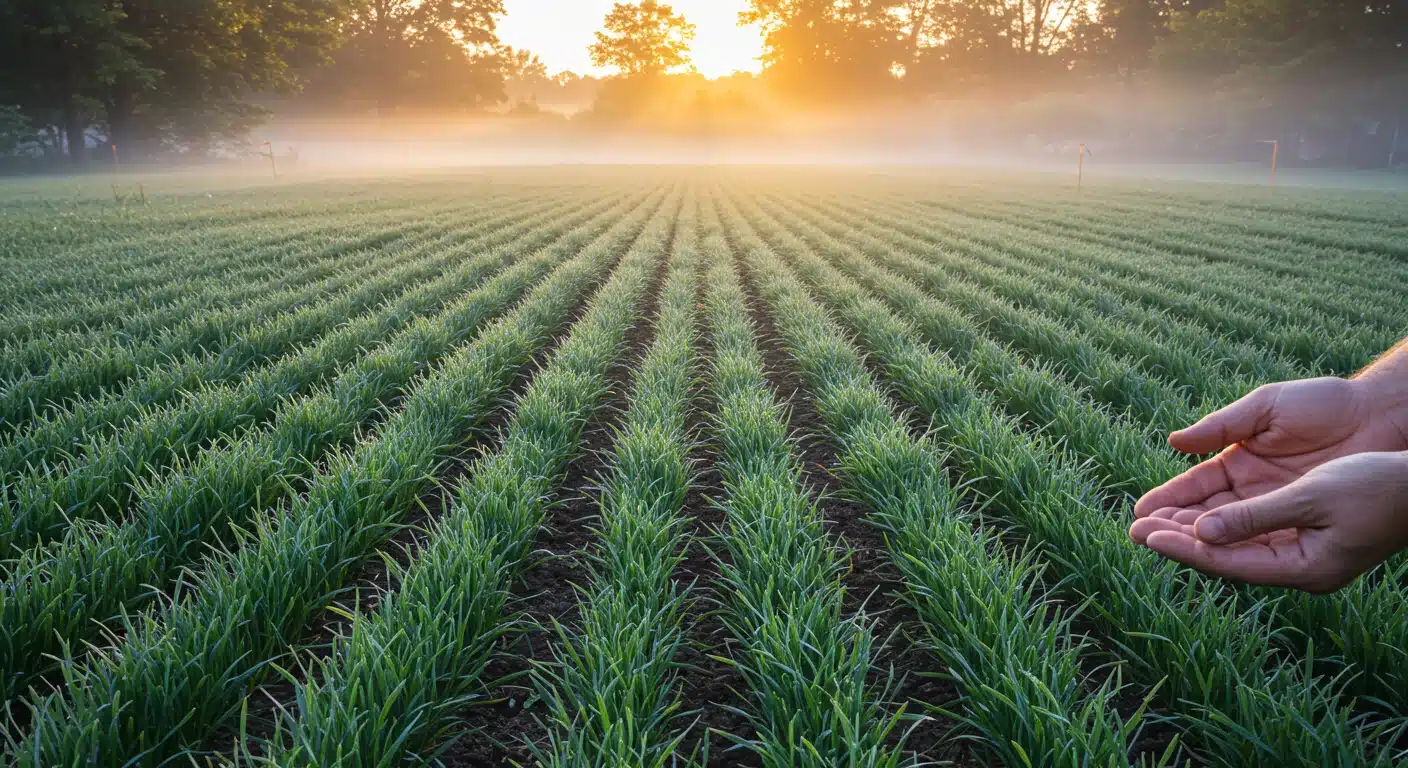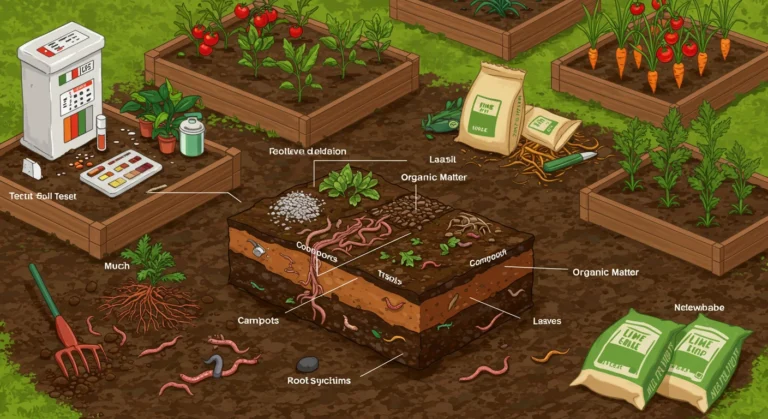Planting Blue Wheat: 3 Secrets to High Yields
Hey there, I’m Rick Hunt, and I’m thrilled to share my gardening journey with you on SimplyGreenHome. At 53, I’ve found my happy place digging in my Lancaster, Pennsylvania backyard, growing everything from juicy tomatoes to vibrant blue wheat. Inspired by my grandma’s sunny patch, where we planted beans and marigolds, I’ve learned every seed carries hope. My love for fresh flavors, shaped by my parents’ diner, fuels my experiments with planting blue wheat for its stunning grains. Whether it’s a bumper crop or a beetle surprise, gardening’s about patience and sharing tips. Let’s dive into planting blue wheat together!
Table of Contents
Curious about growing striking blue grain in your backyard? This article reveals three secrets to planting blue wheat successfully, from selecting the perfect variety to mastering soil prep and timing. You’ll discover practical tips to boost yields, sidestep pitfalls, and nurture a thriving wheat patch. Whether you’re a beginner or a seasoned gardener, these hands-on insights will guide you. We’ll also cover crop rotation, pest management, and harvesting, plus answer common questions like when to plant and what follows wheat. Join me on SimplyGreenHome’s wheat planting guide and let’s grow some hope!
How Planting Blue Wheat Reconnected Me with My Roots
Growing up in Lancaster, I’d spend summers at my grandma’s side, planting beans and marigolds in her sun-drenched garden. “Rick, every seed’s a little hope,” she’d say, her hands dusty with soil. That wisdom stuck with me. Last spring, I took a leap, planting blue wheat in my backyard. Utrecht Blue Wheat seeds, with their promise of indigo grains, caught my eye online. I dreamed of milling blue flour for bread, tying my garden to my parents’ diner, where mom’s cornbread ruled. Planting blue wheat brought triumphs, like my first harvest, and lessons, like battling sneaky beetles. Now, I’m excited to share how you can grow blue wheat with confidence on SimplyGreenHome.
Getting Started with Blue Wheat
Choosing the Right Variety
Success with planting blue wheat starts with the right seeds. Utrecht Blue Wheat, a perennial wheat variety, shines with its vivid blue grain and resilience. It’s perfect for cooler climates like Pennsylvania’s, thriving in USDA zones 4–7. Look for “wheat blue” or “blue grain” on seed packets to confirm you’re getting the real deal. I once grabbed generic wheat seeds by mistake, no blue hue, just disappointment. Reputable sources like SimplyGreenHome’s seed shop offer quality. Match your variety to your climate for robust yields and vibrant wheat flower displays.
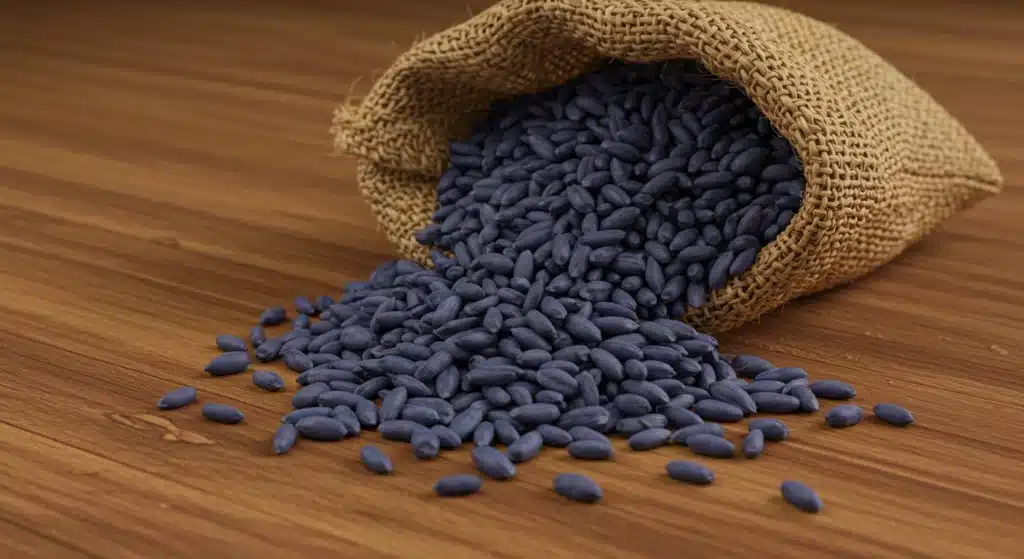
Preparing Your Soil
Soil sets the stage for planting blue wheat. Aim for well-drained, loamy soil with a pH of 6.0–7.0. I till my Lancaster plot to break up clumps, mixing in compost for a nutrient boost. Soil testing kits, available for under $20, take the guesswork out. Blue wheat craves nitrogen, so I add organic fertilizer before planting. Weeds? Clear them out—my dandelion invasion last year taught me they steal nutrients. A well-prepped bed, as shared in SimplyGreenHome’s gardening tips, lets your wheat flower seeds take root fast, paving the way for a lush harvest. Want step-by-step guidance? Don’t miss Soil Preparation: The Ultimate Guide to Perfect Garden Beds for everything you need to build a thriving foundation.
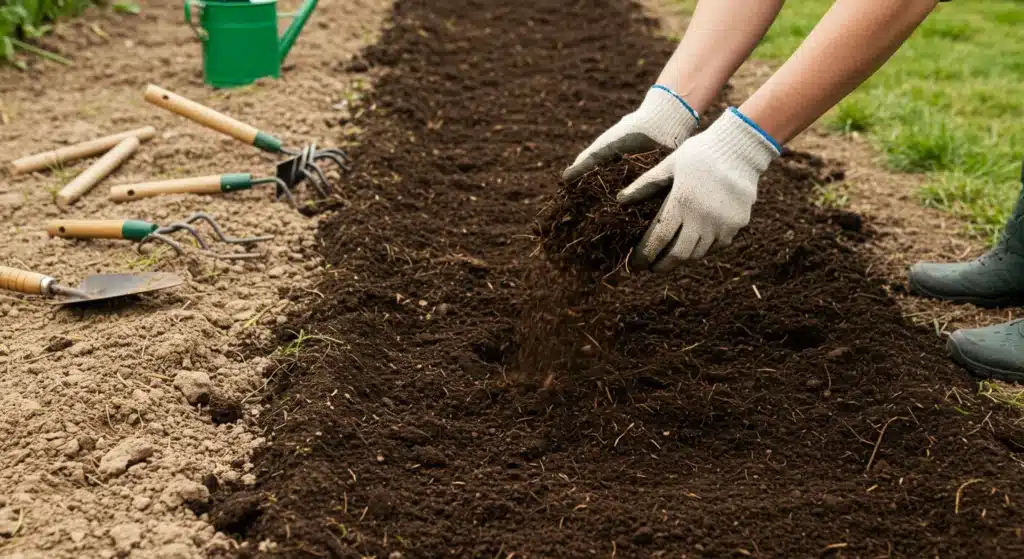
Mastering Planting Techniques
Timing Your Planting
When can wheat be planted? Fall, September to October, is prime for blue wheat across most US regions. This timing lets roots to establish before winter dormancy. I sowed my Utrecht Blue Wheat in late September, and by spring, sturdy shoots greeted me. In colder zones (3–4), spring planting (March–April) works but yields less. Use Check your local frost dates on SimplyGreenHome’s planting calendar) to nail the timing. Sow seeds when soil hits 50°F for optimal germination. Proper timing ensures your blue grain stands thrived, ready to flourish.
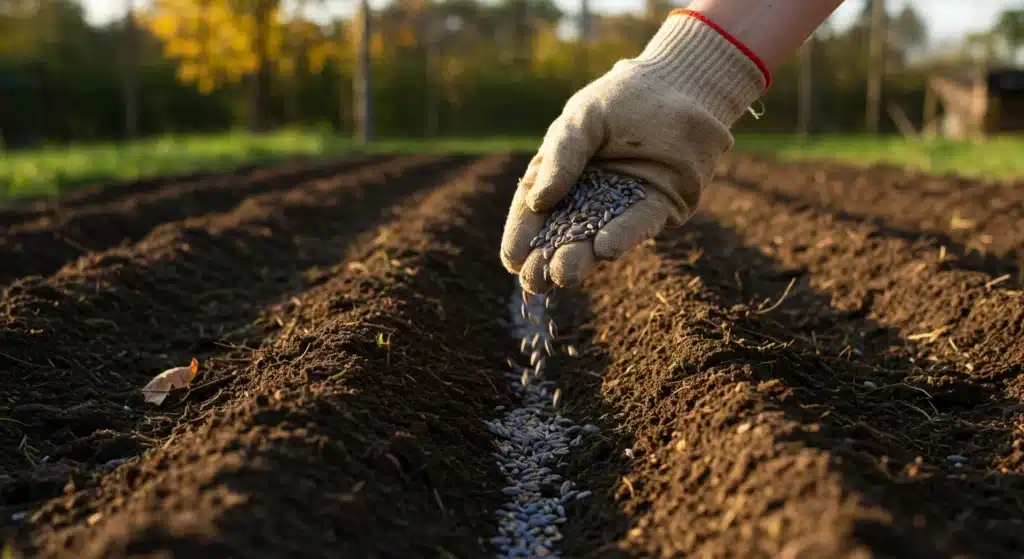
Sowing Seeds Properly
Planting blue wheat requires precision. Scatter seeds evenly at 1–2 inches deep, spacing rows 6 inches apart. I use a hand spreader for even coverage, aiming for 100 seeds per square foot. After sowing, rake soil lightly to cover seeds, then water gently. This method gave me dense wheat flower stands. Can you plant wheat berries? Absolutely, if they’re untreated and from trusted suppliers to ensure reliable germination. Follow these steps, shared on SimplyGreenHome’s vegetable growing guide, vegetable guide, and your blue wheat will sprout strong, setting the stage for a bountiful crop.
| Blue Wheat Planting Basics | Details |
|---|---|
| Best Planting Time | September–October (Fall) |
| Soil pH | 6.0–7.0 |
| Seed Depth | 1–2 inches |
| Row Spacing | 6 inches |
| Seeds per Sq. Ft. | ~100 |
| Germination Temp | 50°F |
Managing Growth and Pests
Monitoring Growth
Once your blue wheat sprouts, keep an eye on its progress. Shoots should appear in 7–10 days. I check my plot weekly, ensuring plants stand 12–18 inches tall by early summer. Water consistently, about 1 inch per week, especially during dry spells. Overwatering? Avoid it; blue wheat hates soggy roots. Thin crowded seedlings to 2 inches apart for airflow and growth. SimplyGreenHome’s herb guide offers more on nurturing tending plants. Regular checks catch issues early, ensuring your wheat blue thrives through its growth cycle.
Controlling Pests Naturally
Pests can crash your blue wheat party. Aphids and beetles hit my plot once, but I fought back naturally. Introduce ladybugs, they devour aphids, or use neem oil sprays for beetles. Companion planting with marigolds, as my grandma taught me, repels pests too. Check your plants weekly for signs like of chewed leaves. Avoid chemical pesticides; they harm pollinators like bees, vital for your wheat flower. SimplyGreenHome’s pest control tips) detail eco-friendly solutions, keeping your blue grain safe and your garden buzzing with life.
Harvesting and Crop Rotation
Harvesting Blue Wheat
Harvesting your blue wheat is the payoff.
Wait until grains are hard and stalks turn golden, usually June or July for fall-planted wheat for fall-planted wheat.
I cut my Utrecht Blue Wheat with shears, bundling stalks to dry in a shed for two weeks. Thresh by hand or with a small machine to separate grains. Store in airtight containers to keep your blue grain fresh. My first harvest yielded enough for bread and seeds for next year. SimplyGreenHome’s harvest guide walks you through each step for a rewarding haul.
Planing Crop Rotation
What to plant after wheat? Rotate with legumes like beans or peas to replenish soil nitrogen.
I plant peas after wheat, it’s a nitrogen-fixer and easy to manage.
Avoid replanting wheat in the same spot; it invites pests depletes and soil nutrients.
A three-year rotation, wheat, legumes, then root crops, keeps your garden healthy. My Lancaster plot thrives with this cycle.
SimplyGreenHome’s crop rotation guide offers plans to maximize soil fertility, ensuring your next blue wheat crop shines.
| Crop Rotation Plan | Year 1 | Year | Year 3 |
|---|---|---|---|
| Crop Type | Blue Wheat | Legumes (Beans) | Root Crops (Carrots) |
| Benefit | Grain Harvest | Nitrogen Fix | Soil Structure |
FAQs
When can wheat be planted?
Fall (September–October) is best for blue wheat, allowing roots to establish. Spring planting suits colder zones but lowers yields.
Can I grow wheat from wheat berries?
Yes, untreated wheat berries work as seeds. Buy from trusted suppliers to ensure they sproutgerminate.
What to plant after wheat?
Legumes like beans restore soil nutrientsnitrogen. See SimplyGreenHome’s gardening tips page for details.
What month to plant wheat?
September or October for fall; March or April for spring in colder areas.
How is wheat planted?
Sow seeds at 1–2 inches deep, 6-inch rows, 100 seeds per square foot, then water lightly.
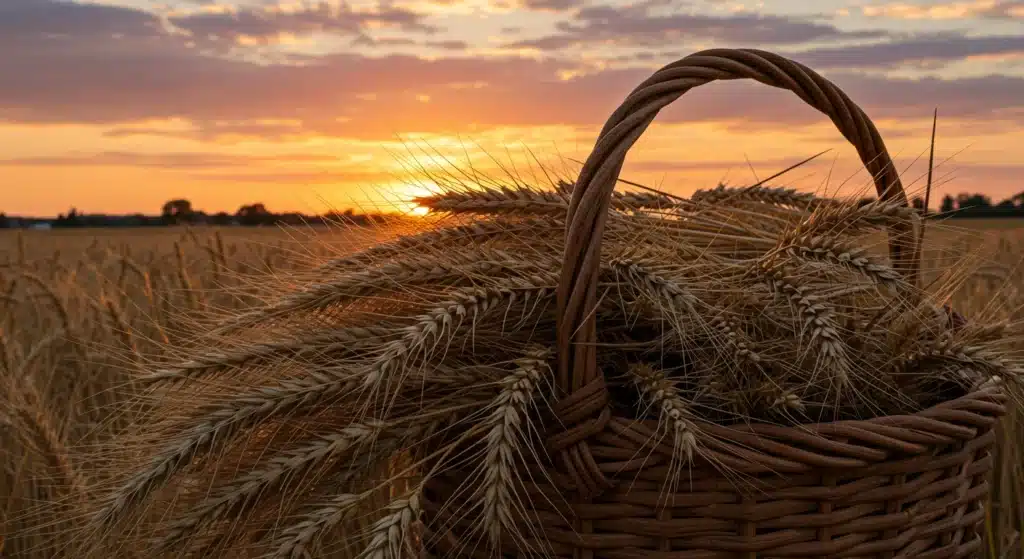
Conclusion
Planting Blue Wheat transforms your garden with color and purpose. From picking Utrecht Blue Wheat to prepping soil, timing planting, managing pests, and harvesting, these secrets unlock high yields and joy. My first Lancaster plot taught me patience, hope, and the thrill of every blue grain. Whether you’re growing a small patch or a sprawling field, SimplyGreenHome’s wheat planting methods guide you. Grab some seeds, dig in, and let’s plant hope together, your vibrant blue wheat awaits!

